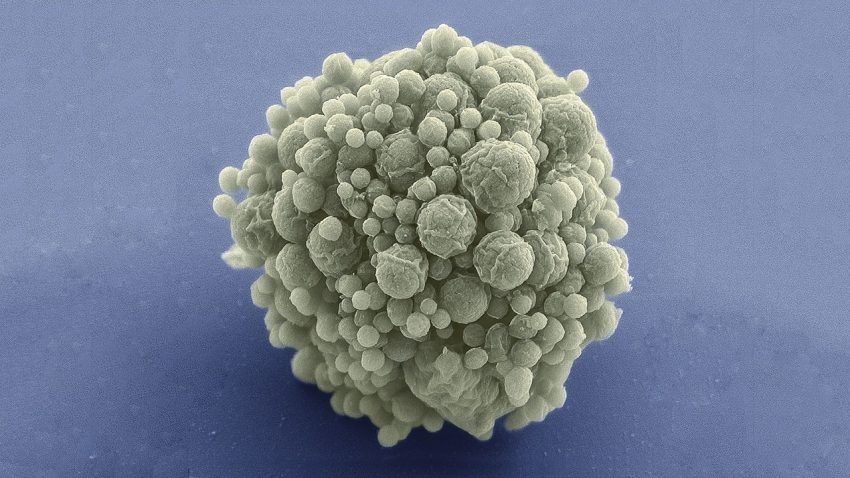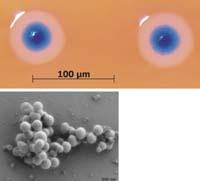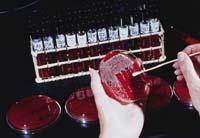Synthesize the cell with the smallest genome
2016/03/29 Galarraga Aiestaran, Ana - Elhuyar Zientzia Iturria: Elhuyar aldizkaria

473 genes that are the minimum genes necessary for a bacterium to survive and reproduce. This has been demonstrated by the team of Craig Venter in his research published in the journal Science: Design and synthesis of a minimal bacterial genome. This bacterium has been synthesized in the laboratory, called Syn3.0, and has been considered by researchers to be an important achievement on the way to knowing the basis of life.
Previously, in 2010, Venter himself was able to manufacture the first cell with synthetic genome. To do this, he synthesized the genome of the bacterium Mycoplasma mycoides and subsequently introduced it into a bacterium of Mycoplasma capricolum. On this occasion they have used another technique. At the base the genes have been removed until they are left with the indispensable ones. Venter acknowledges that he has not been able to identify the function of the 149 gene, but it seems that they are also necessary to survive.
Other details have also been given. For example, the smallest genome known in nature is that of the bacterium M. genitalium (525 genes). Researchers point out that Syn3.0 reproduces rapidly compared to it, since it takes three hours to double and M. genitalium, 18.
Venter has affirmed that thanks to the developed technique they have taken the step to the creation of cells like those that are wanted, such as drugs or cells that produce fuel.

Gai honi buruzko eduki gehiago
Elhuyarrek garatutako teknologia






